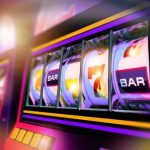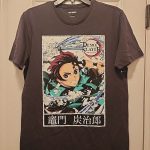The journey of AI-generated art is a fascinating exploration into the intersection of technology and creativity. It begins with inputs, which are the raw materials for any artistic creation. In the context of AI, these inputs can be vast datasets comprising images, styles, patterns, and even historical art movements. The AI algorithms digest this information to learn about various artistic techniques and aesthetics.
Machine learning models, particularly neural networks like GANs (Generative Adversarial Networks), play a pivotal role in this process. These models consist of two parts: the generator and the discriminator. The generator creates new images based on learned data while the discriminator evaluates them against real-world examples to determine their authenticity. Through iterative processes known as training cycles, these networks refine their output until they produce artwork that can rival human creations in complexity and appeal.
As Image generation AI progresses from processing inputs to generating outputs, it challenges traditional notions of authorship and originality in art. Unlike human artists who draw inspiration from personal experiences or emotions, AI lacks consciousness but compensates with its ability to synthesize diverse influences quickly and efficiently. This raises philosophical questions about what constitutes creativity when machines become capable creators.
AI-generated art also democratizes access to creative tools by providing individuals without formal training an opportunity to engage in artistic endeavors easily. With user-friendly interfaces available on platforms such as DeepArt or RunwayML, anyone can experiment with transforming photographs into paintings or creating entirely new digital compositions using pre-trained models.
However, despite its potential benefits—such as fostering innovation through collaboration between humans and machines—AI-generated art faces criticism too. Detractors argue that reliance on algorithms may lead to homogenization where unique voices are drowned out by formulaic reproductions lacking emotional depth inherent within handcrafted pieces made by skilled artisans over centuries past; furthermore concerns arise regarding copyright infringement if works produced closely resemble existing protected content without proper attribution given back towards original creators themselves!
Nevertheless proponents believe embracing technological advancements ultimately enriches cultural landscapes offering fresh perspectives previously unimaginable before advent artificial intelligence-driven innovations entered scene allowing us reimagine boundaries defining what possible realm visual arts today tomorrow beyond…
In conclusion journey from inputs impressions exemplifies transformative power wielded cutting-edge technologies shaping future creative expression across disciplines worldwide challenging preconceived ideas surrounding artistry encouraging dialogue around ethics implications associated emergence novel forms media production consumption alike ensuring continued evolution dynamic ever-changing landscape modern-day culture society at large!












